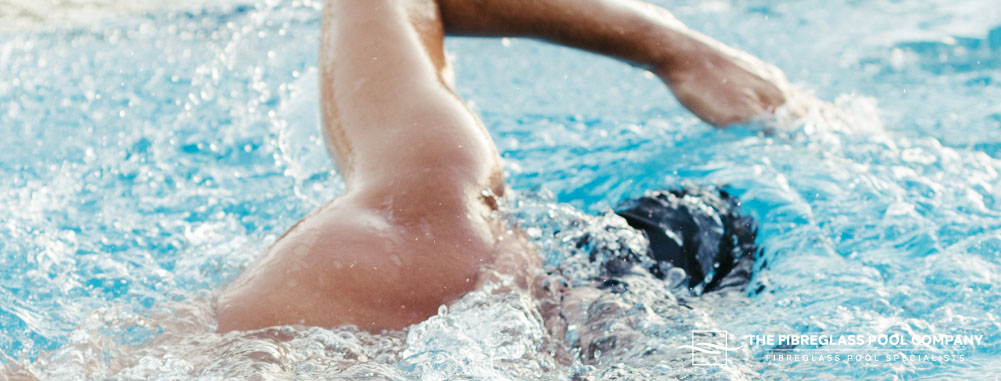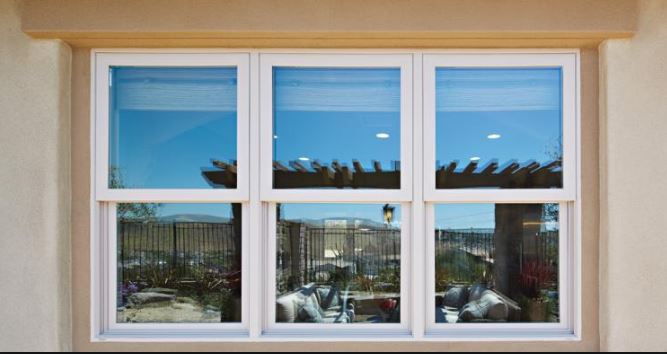What Goes into Planning a Fireworks Show?

Fireworks have captivated audiences for centuries, offering a dazzling spectacle that lights up the night sky. But behind the scenes, planning a fireworks show involves meticulous preparation and coordination. From conceptualization to execution, various elements come together to create a successful display. This article explores what goes into planning a fireworks show in detail, examining the intricate steps and considerations that ensure a memorable and safe event.
Concept and Design
The first step in planning a fireworks show is the conceptualization and design phase. This involves determining the theme, style, and overall vision for the display.
Theme and Purpose
Every fireworks show has a purpose, whether it’s celebrating a national holiday, a significant event, or a personal milestone. The theme influences the selection of fireworks, music, and the overall presentation. For example, a patriotic theme might feature red, white, and blue fireworks, while a festive event might use a broader color palette.
Creative Vision
Designers and pyrotechnicians work together to create a visual narrative. This includes selecting specific types of fireworks, choreographing their sequences, and integrating special effects. The creative vision aims to evoke emotions and create a memorable experience for the audience.
Music Synchronization
Music plays a crucial role in enhancing the impact of a fireworks show. Synchronizing fireworks with a musical score requires precise timing and coordination. Music can range from classical compositions to contemporary hits, depending on the theme and audience preferences.
Technical Planning
The technical aspects of planning a fireworks show are complex and require specialized knowledge and equipment.
Selection of Fireworks
Choosing the right fireworks involves considering factors such as color, shape, duration, and intensity. Pyrotechnicians select a variety of fireworks, including aerial shells, roman candles, fountains, and cakes, to create a dynamic and visually stunning display.
Choreography and Timing
Choreographing a fireworks show involves designing the sequence and timing of each firework. This requires detailed planning and computer software to simulate the display. The goal is to create a seamless and captivating show where each firework complements the next.
Safety Protocols
Safety is paramount in planning a fireworks show. This includes ensuring the safe handling and storage of fireworks, securing the launch site, and implementing emergency procedures. Pyrotechnicians must comply with local regulations and obtain the necessary permits and licenses.
Site Selection and Layout
Choosing the right location for a fireworks show is critical. The site must provide sufficient space for the launch area, audience viewing areas, and safety zones. Factors such as wind direction, proximity to buildings, and accessibility are also considered.
Logistical Coordination
Logistics play a vital role in the successful execution of a fireworks show. This involves coordinating various elements and ensuring everything runs smoothly on the day of the event.
Permits and Approvals
Obtaining permits and approvals from local authorities is a crucial step. This includes permissions from fire departments, local government, and any relevant regulatory bodies. Compliance with regulations ensures the safety and legality of the show.
Equipment and Setup
Setting up a fireworks display requires specialized equipment, including launch tubes, firing systems, and safety gear. Technicians must carefully install and test all equipment to ensure it functions correctly. This includes wiring, positioning fireworks, and conducting safety checks.
Transportation and Storage
Transporting fireworks to the site must be done with utmost care. Proper storage facilities are essential to prevent accidents and ensure the fireworks remain in optimal condition. This involves adhering to regulations regarding the transportation and storage of hazardous materials.
Weather Considerations
Weather conditions can significantly impact a fireworks show. Wind, rain, and humidity can affect the launch and visibility of fireworks. Planners must monitor weather forecasts and have contingency plans in place, such as rescheduling the show if necessary.
Execution and Show Management
On the day of the event, meticulous management and coordination are required to ensure the show runs smoothly and safely.
Pre-Show Preparations
Pre-show preparations include final safety checks, testing firing systems, and briefing the crew. This ensures that everyone is aware of their roles and responsibilities. Communication is key to managing any last-minute changes or issues.
Firing the Show
The actual firing of the show is a highly coordinated process. Technicians use computer-controlled firing systems to launch fireworks in precise sequences. This ensures perfect synchronization with the music and choreography. Manual firing may also be used for specific effects.
Audience Experience
Creating a positive audience experience involves more than just the fireworks display. It includes managing crowd control, providing amenities such as restrooms and food vendors, and ensuring clear viewing areas. Engaging the audience through announcements and interactive elements can enhance the overall experience.
Post-Show Cleanup
After the show, the site must be thoroughly cleaned and all equipment safely dismantled. This includes collecting debris, disposing of unused fireworks, and ensuring the site is left in good condition. Post-show reviews and debriefs help identify areas for improvement for future events.
Advanced Techniques and Innovations
Advancements in technology and pyrotechnics have introduced new techniques and innovations in fireworks shows.
Pyromusicals
Pyromusicals are fireworks shows that are intricately synchronized with music. This involves advanced firing systems and software that can precisely time the launch of fireworks to the beat of the music. Pyromusicals create a more immersive and emotional experience for the audience.
Special Effects and Innovations
Special effects such as shaped fireworks, 3D effects, and interactive elements have added new dimensions to fireworks shows. Innovations in pyrotechnics allow for more creative and complex displays, pushing the boundaries of what is possible.
Environmental Considerations
With increasing awareness of environmental issues, there is a growing focus on making fireworks shows more sustainable. This includes using eco-friendly fireworks, reducing waste, and minimizing the environmental impact of the event.
Conclusion
Planning a fireworks show is a complex and multifaceted process that requires creativity, technical expertise, and meticulous coordination. From the initial concept and design to the final execution and post-show cleanup, every detail is carefully planned to ensure a safe and spectacular display. Understanding what goes into planning a fireworks show reveals the artistry and precision behind these mesmerizing events, showcasing the dedication and skill of the professionals who bring them to life.


:strip_icc()/BEHR_25.03_COLORTRENDS_TC_LIV_101c-38834c32890e4cae975ce7030623f632.jpg)

